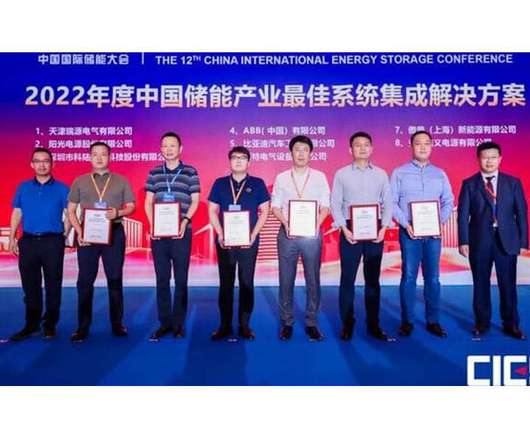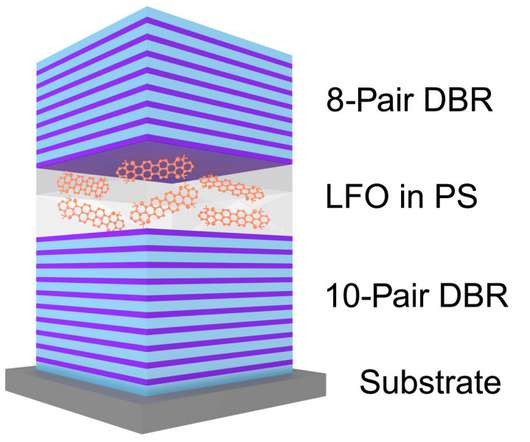Almost nowhere on Earth safe from PM2.5, says Melbourne study
Envirotec Magazine
MARCH 7, 2023
A seemingly world-first study of daily ambient fine particulate matter ( PM 2.5 ) across the globe reports that only 0.18% of the global land area and 0.001% of the global population are exposed to levels of PM 2.5 – the world’s leading environmental health risk factor – below levels of safety recommended by Word Health Organization (WHO).















Let's personalize your content